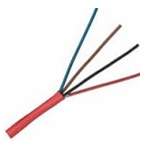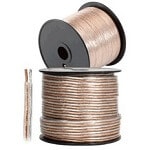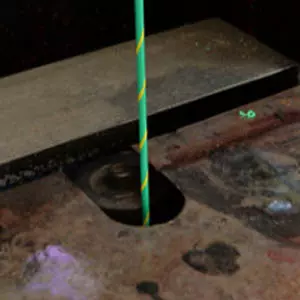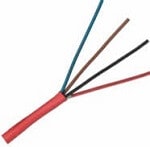Fire Alarm Cable
Fire alarm wire is built tough, from materials like copper, to withstand the conditions of a fire and other extreme applications. Although typically used for conventional alarms, fire alarm cable is used in a variety of other applications. They are a critical component in all commercial facilities, connecting control panels, detectors, alarms, and more in one system.
Types of Fire Alarm Cable
FPLR Cable
FPLR is the cheapest of the bunch because it’s the most basic. When you don’t need a shield or plenum insulation you go with a riser fire alarm cable that gets installed vertically, hence “riser.” These cables come in sizes 22 AWG through 12 AWG with two, four, six or eight possible conductors.
FPLR Shielded Cable
FPLR shielded fire alarm cables include an aluminum polyester foil shield over the conductors to protect against interference. A foil shield is the only type of shield offered in standard riser alarm cables. If you need a braid shield or foil/braid shield you will need to wait about 4-6 weeks and purchase about 20,000 feet.
FPLP Cable
FPLP cables are plenum rated for horizontal overhead installations. Plenum cables can be installed in plenum which is where the name came from. You’ll notice that plenum cables are much more expensive than riser cables because of the additional engineering and protection they offer. They’re both offered in similar sizes because the amount of copper, or current, doesn’t change when the insulation changes.
FPLP Shielded Cable
FPLP shielded fire alarm cables also include an aluminum polyester foil shield over the conductors to block interference. Sometimes there are a few cables running next to each other in plenum and need shielding to block interference between one another. However, if the cable is installed by itself it shouldn’t need a shield.
Shop for Fire Alarm Cable from WesBell
We offer a wide range of fire alarm wires that can be used in countless applications, including their namesake. Shop our range of fire alarm cables above and reach out to us with any questions about your order!




